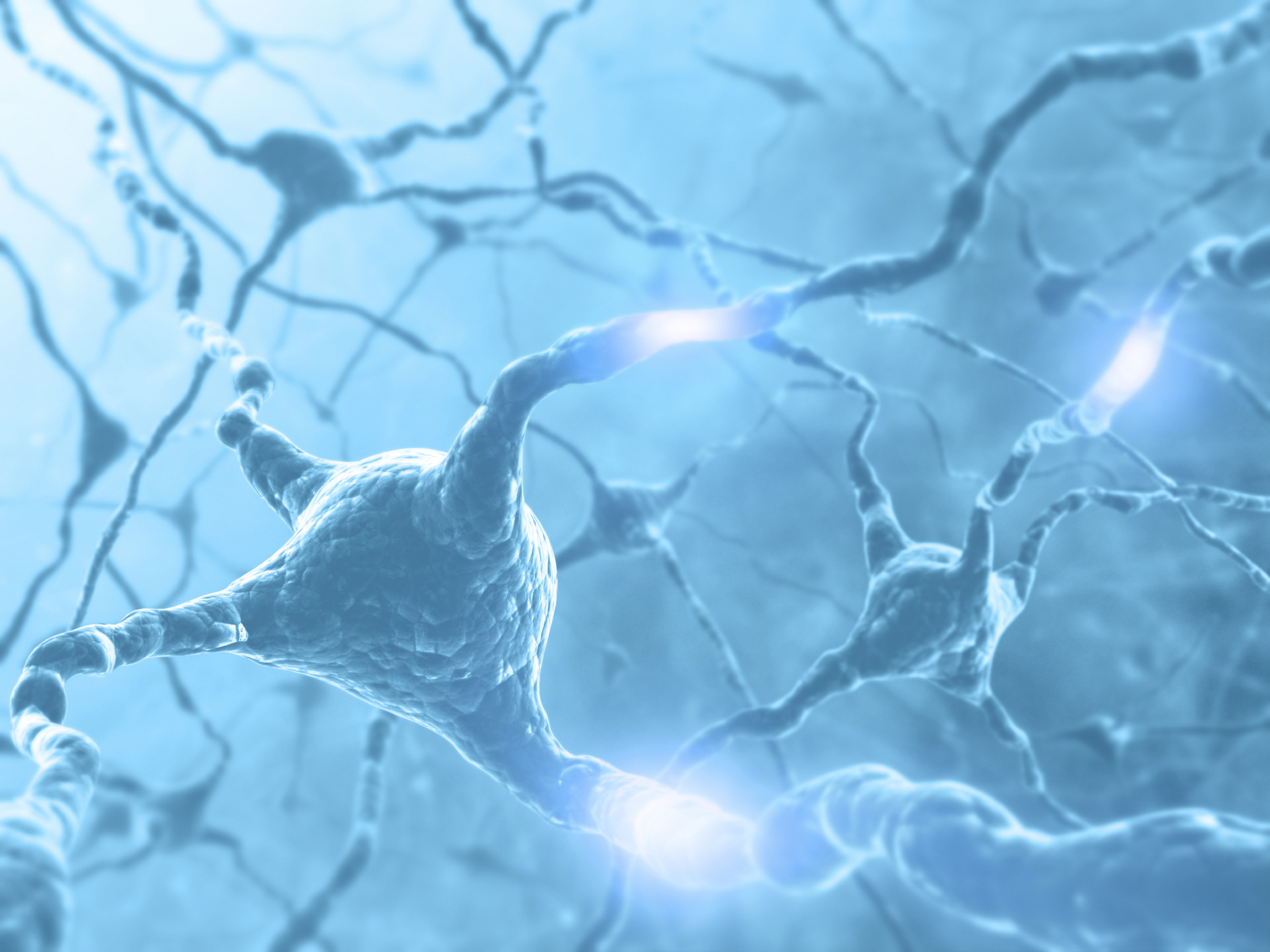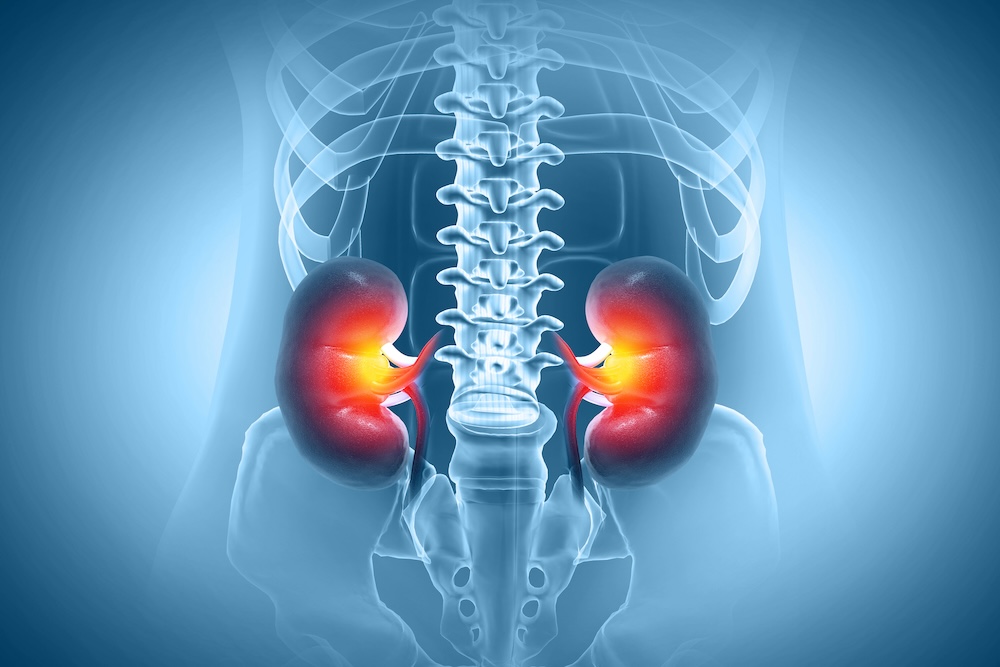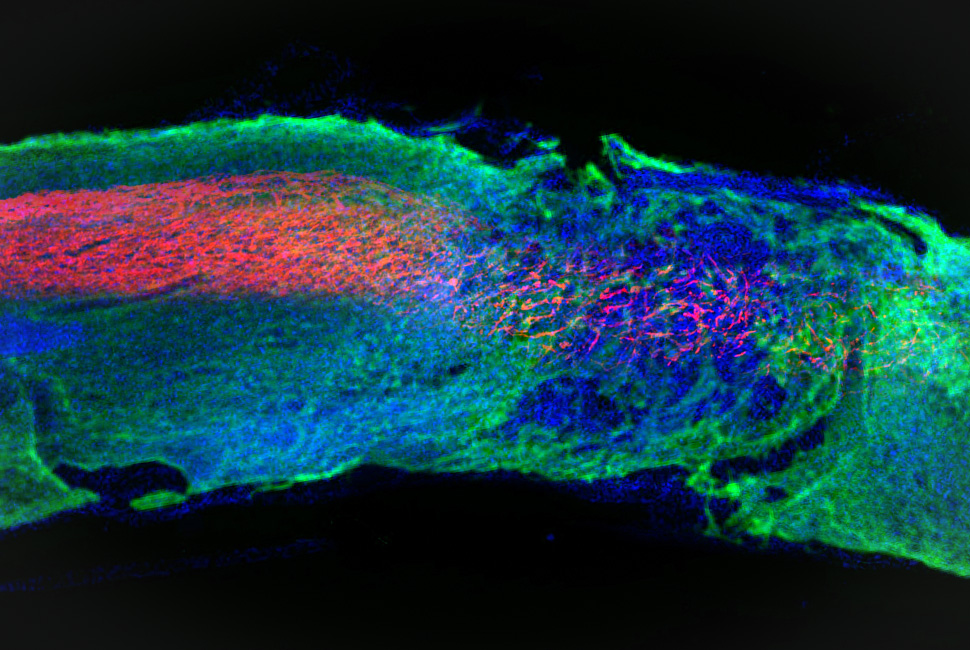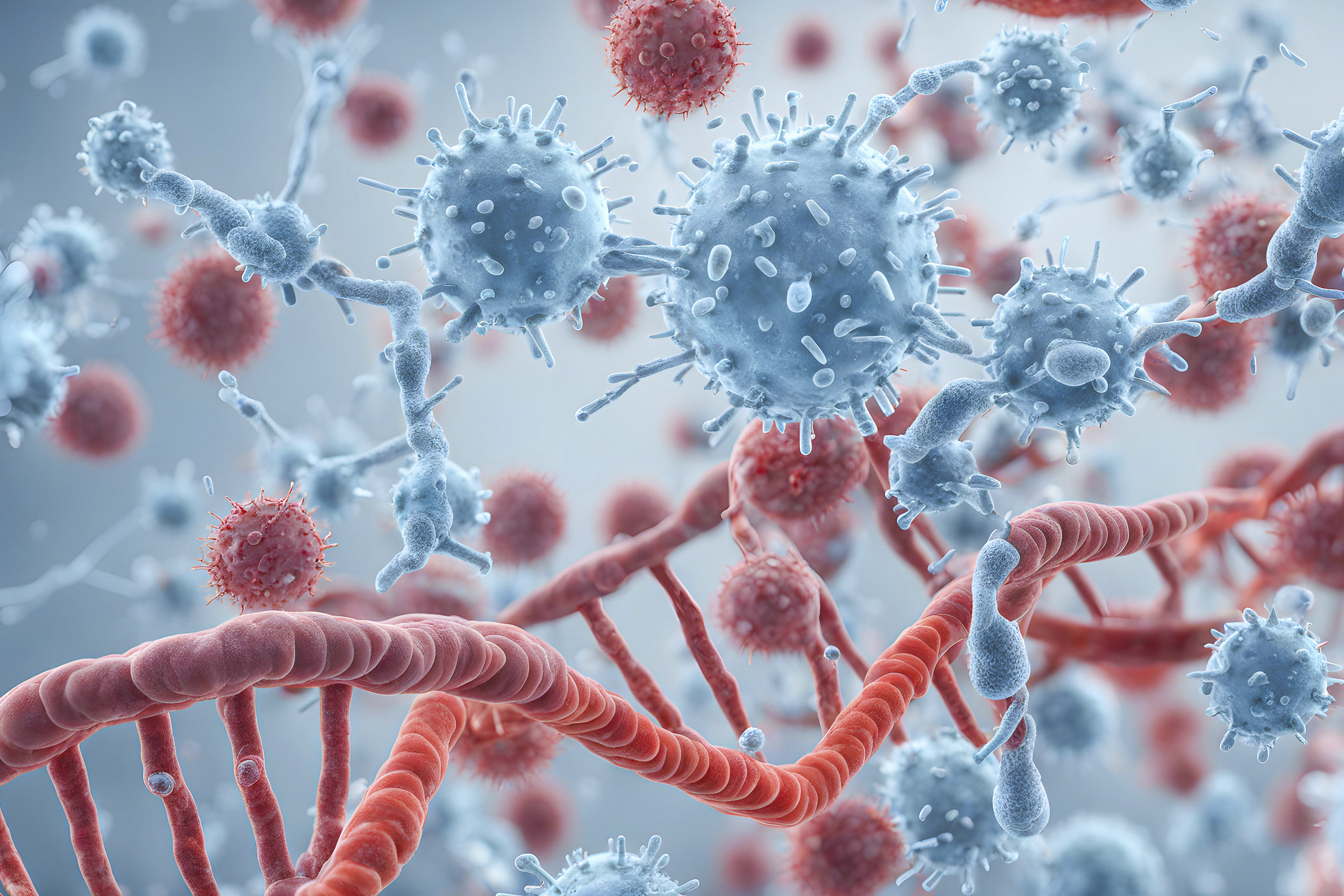Media Coverage
The work done by Northwestern University Feinberg School of Medicine faculty members (and even some students) is regularly highlighted in newspapers, online media outlets and more. Below you’ll find links to articles and videos of Feinberg in the news.
-
CBS News
–
Demand for high-achiever visas fuels a pay-to-play industry for scientific research and accolades
Low-quality scientific research produced for resume padding isn’t an activity exclusive to visa applicants, according to researchers at Northwestern University and The University of Sydney. They found in a recent study that low-quality or plagiarized papers are increasingly published not only in predatory, pay-to-publish platforms, but reputable journals as well.
They discovered that a small group of bad actors were hired as editors at reputable journals, allowing them to “accept for publication pretty much anything,” said Luis Amaral, one of the study’s authors.
-
TIME
–
Ovaries Could Unlock Secrets of Longevity
Experiments conducted at Northwestern University have found that drugs similar to rapamycin can boost fertility in mice, including during chemotherapy, says Dr. Kara Goldman, a reproductive endocrinologist who is leading the research. The drugs, if proven to work in people, could be used to help women struggling with infertility, as well as those undergoing cancer treatments, she says.
-
CBS News Chicago
–
Breast health and the importance of screenings
It’s a new year, which means refocusing on self-care screenings. Dr. Sonya Bhole, assistant professor of Radiology, joins Audrina Sinclair to discuss risk assessment for breast cancer and addressing breast health before regular mammograms are scheduled.
-
US News & World Report
–
Laughing, Crying Are Normal But Rare Responses To Orgasm, Women’s Study Reveals
For the new study, researchers surveyed more than 3,800 women after they viewed a short video posted on social media that explained these reactions, which are called peri-orgasmic phenomena. A little more than 2% of the women — 86 total — said they’d experienced such a response, researchers recently reported in the Journal of Women’s Health.
“Women need to know that if they have uncontrollable peals of laughter every time they orgasm (and nothing was funny), they are not alone,” lead researcher Dr. Lauren Streicher said in a news release. She’s a clinical professor of obstetrics and gynecology at Northwestern University Feinberg School of Medicine in Chicago.
-
CBS Chicago
–
Severe flu season overwhelming Chicago area hospitals with more patients visiting ERs
Emergency department visits and hospitalizations for the flu are at their highest levels in three years in Chicago, and experts said it’s not ending any time soon.
“This year, we’re worried, because this amount of activity, although not unexpected, is really high,” said Dr. Matthew Kippenhan, the medical director of the emergency department at Northwestern Memorial Hospital.
-
NBC Chicago
–
How long are you contagious with flu? The answer might be longer than you think
The bulk of hospital admissions and ER visits associated with respiratory illnesses were made because of flu symptoms, according to officials. And experts warn “we haven’t peaked yet.”
Dr. Santina Wheat, a family physician with Northwestern Medicine, shared similar thoughts in an interview with NBC Chicago, explaining an uptick in cases might occur within the next week as children head back to school.
-
Wall Street Journal
–
Hospitals Are a Proving Ground for What AI Can Do, and What It Can’t
Samir Abboud, chief of emergency radiology for Northwestern Medicine, thought he was already working at maximum speed. In a carefully honed routine, aided by voice dictation, he could finish writing an X-ray report in as little as 75 seconds.
-
CNN
–
Bruising on Trump’s left hand sparks renewed questions about his health
And while medical experts told CNN there is no fresh cause for concern, calling it a likely benign condition common in older people, they warned that Trump’s reluctance to be more transparent about his health only threatens to intensify the scrutiny that he’s struggled all year to escape.
“They’re just feeding the curiosity cycle,” said Dr. Jeffrey Linder, chief of general internal medicine at Northwestern University’s Feinberg School of Medicine. “He’s in the public eye, he has a certain image he wants to portray, and even these minor things detract from that image.”
-
Washington Post
–
A company is trying to unlock a key to aging, in a long-overlooked body part
Kara Goldman, a reproductive endocrinologist and director of fertility preservation at the Northwestern University Feinberg School of Medicine, said that the barometer for success would be if Fertilo is able to produce pregnancies at the same rate as IVF. The company’s early trials have shown it to be comparable to IVF, and a Phase 3 clinical trial is underway in 15 U.S. clinics.
Goldman said she was “excited” about Gameto because it moved beyond “the current model of treating one disorder at a time … to target the underlying inefficiency of ovarian biology.”
-
US News & World Report
–
Gestational Diabetes Increasing Steadily In The U.S.
Gestational diabetes increased by 36% between 2016 and 2024, increasing from 58 to 79 cases for every 1,000 births, researchers reported Dec. 29 in JAMA Internal Medicine.
“Gestational diabetes has been persistently increasing for more than 10 years, which means whatever we have been trying to do to address diabetes in pregnancy has not been working,” senior researcher Dr. Nilay Shah said in a news release. Shah is an assistant professor of cardiology at Northwestern University Feinberg School of Medicine in Chicago.






